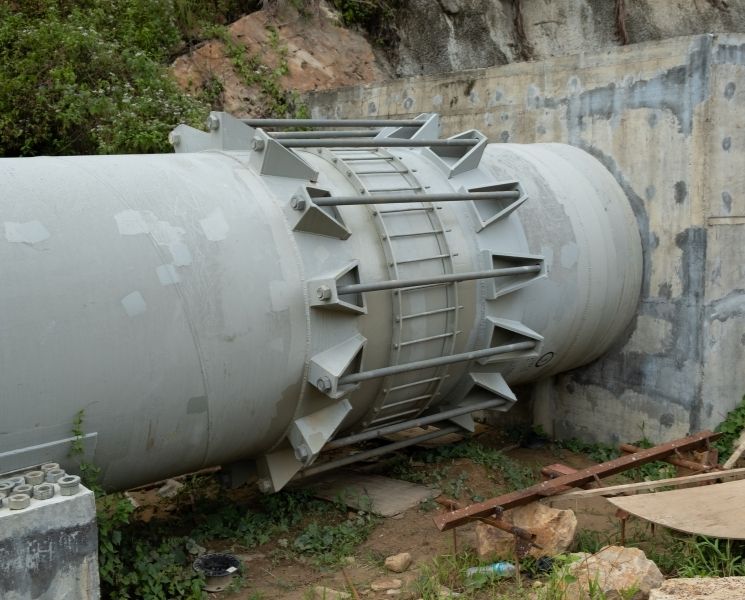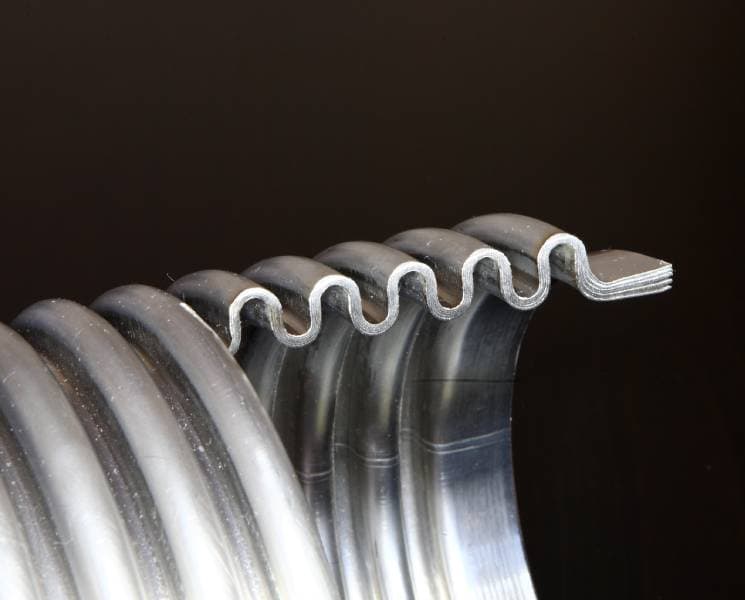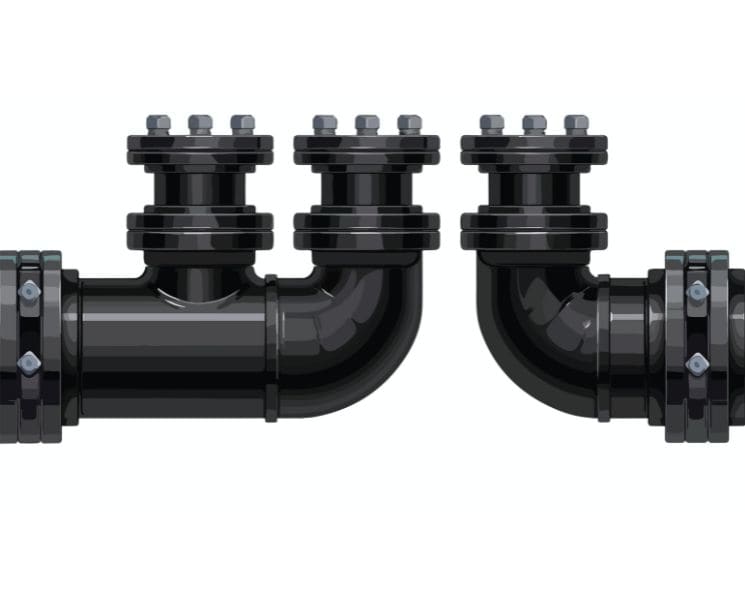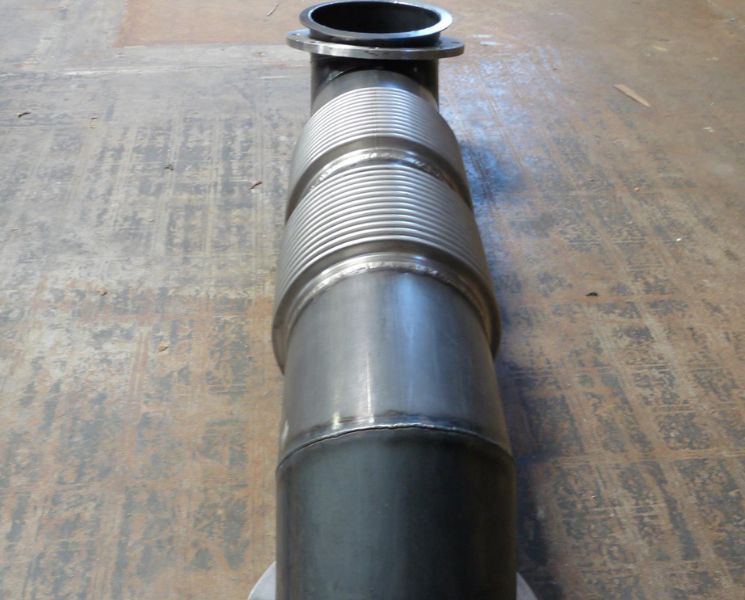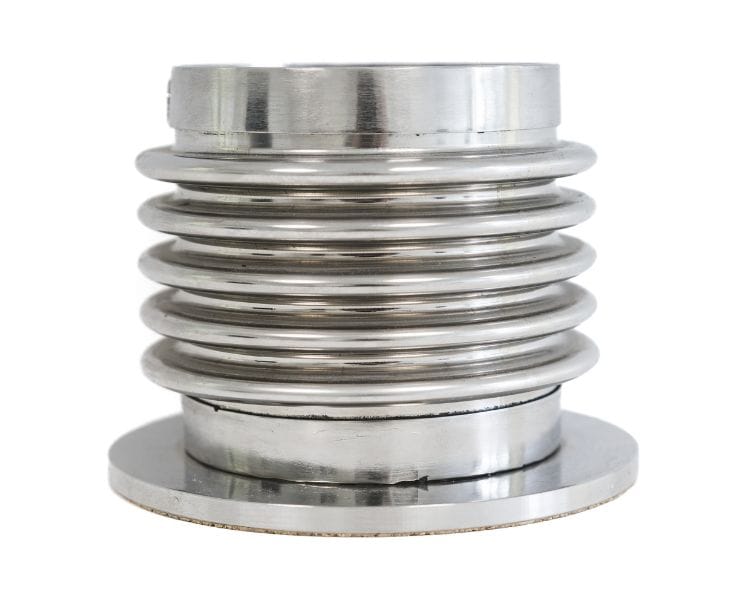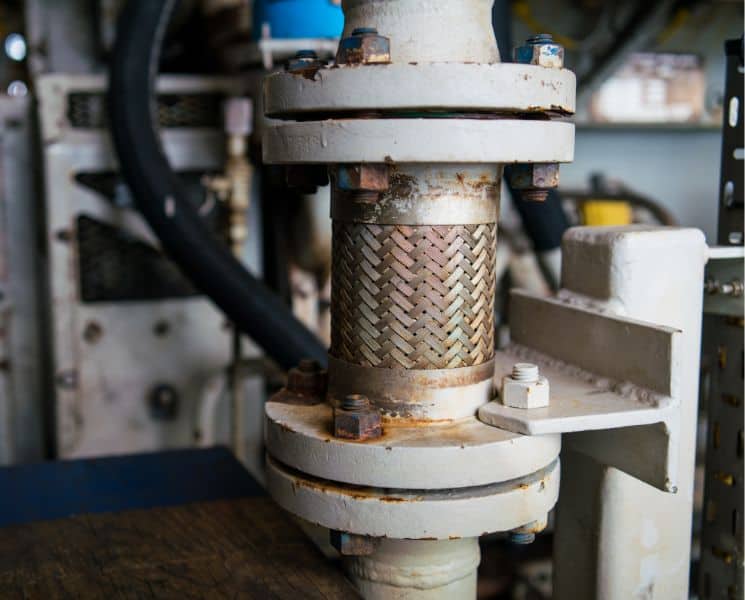In any high-pressure piping system, it’s crucial to regularly inspect any components involved, including expansion joints. Any application that uses them shouldn’t overlook the importance of regular expansion joint inspection; these parts are responsible for regulating extreme pressure changes due to temperature and vibrations. Expansion joints need the ability to move freely, and if they fail, the entire piping system fails.
Creating a checklist for installation and ongoing use can help you maintain a proper maintenance schedule to keep your system operating properly.
Expansion Joint Installation Checklist
Before you install any expansion joint into a piping system, it’s essential to install each joint properly so it can handle any pressurized material. Inspection standards vary according to industry but there are a few steps every piping system must adhere to during installation:
- There shouldn’t be foreign objects impending movement of the joint.
- All anchors and supports should match the system drawings.
- The joints should be properly aligned.
- All shipping devices and stabilizers should get removed.
- No damage should occur during shipment.
Ongoing Use of Expansion Joints Checklist
After installation of the expansion joints, you’ll need to regularly check the components to ensure they’re working correctly. Record any damage to the joints since installation and make sure there are no signs of depressurization. Check the anchors, guide, and supports to ensure they haven’t loosened or warped, and ensure they’re moving in the right directions. Make sure they’re not fused together when the joint moves, either.
Learn More About Expansion Joint Maintenance
If you have a piping system, you shouldn’t undervalue the importance of expansion joint inspection. It relies on maintaining the components throughout their intended lifetime. If you want to learn more about expansion joint maintenance, check out the blogs at Triad Bellows. We create customized expansion joints for a variety of applications.

